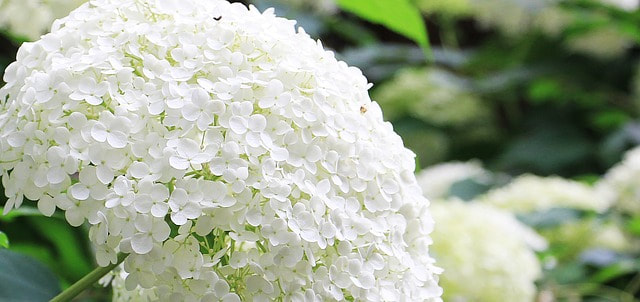Fall is coming - plan ahead to get hydrangeas in and established
The ideal time to plant hydrangeas is during the fall when the temperatures are cooler. Because we live in an area with harsh winters, it's better to plant at least 4-6 weeks before the first expected frost. This allows the plants to establish their root systems before facing the stress of extreme heat or cold.
Remember to choose a location with the right amount of sunlight and well-drained soil for hydrangeas. They generally prefer morning sun and afternoon shade, along with consistently moist soil but not waterlogged.
The soil should be fertile (amend with compost, not manure which can burn the roots) and well-drained.
Choosing which hydrangea to plant is important where we live due to altitude, heat, deer, and wind. We live in zones 3, 4, and 5 (depending on exactly where you live). Best hydrangeas for our area include:
- Annabelle
- Paniculata hydrangeas - especially Late Panicle, Pee Gee, and Limelight
- Oakleaf hydrangea
- Endless Summer
Holly Acres Nursery in Elizabeth gives descriptions of the first two hardy hydrangeas here.
Do hydrangeas need to be cut back for winter? No. Prune only to get ride of dry, ill, or rotting branches. Prune hydrangeas before the plant produces new buds in the spring and well before it opens new leaves. Fall is a good time to do this because the plant is entering dormant stage.
Watering: Be sure to water well and keep moist after transplanting - especially in the first two months. After that, water 1 to 2 gallons per week for a large hydrangea. Do winter water!
Fertilization: Hydrangeas are generally low-maintenance so you won't need to do a lot of feeding - just a little flower fertilizer in spring and again in late summer.
Deadhead? Yes! Click here for how to.
